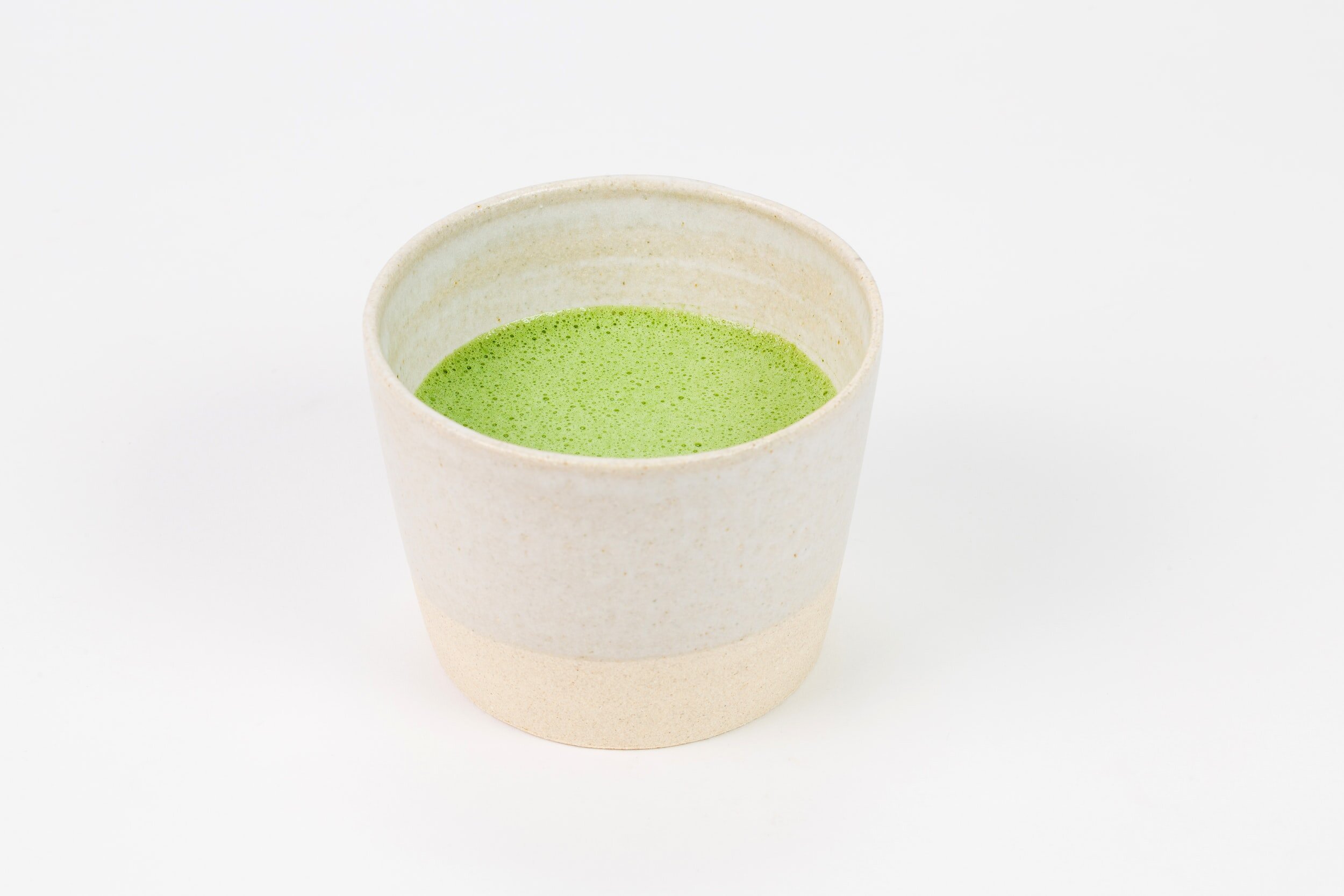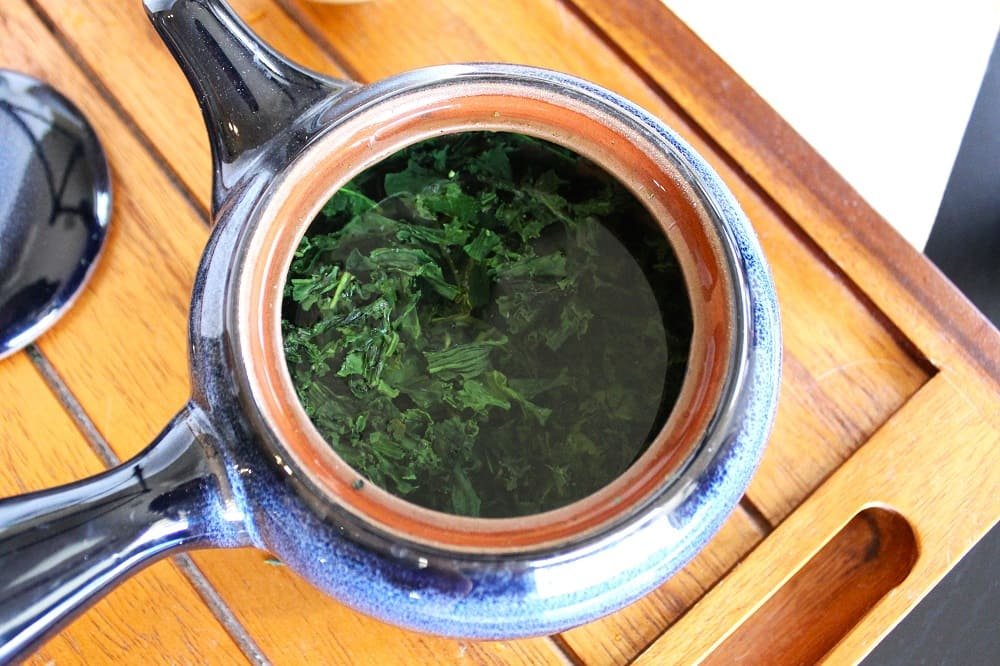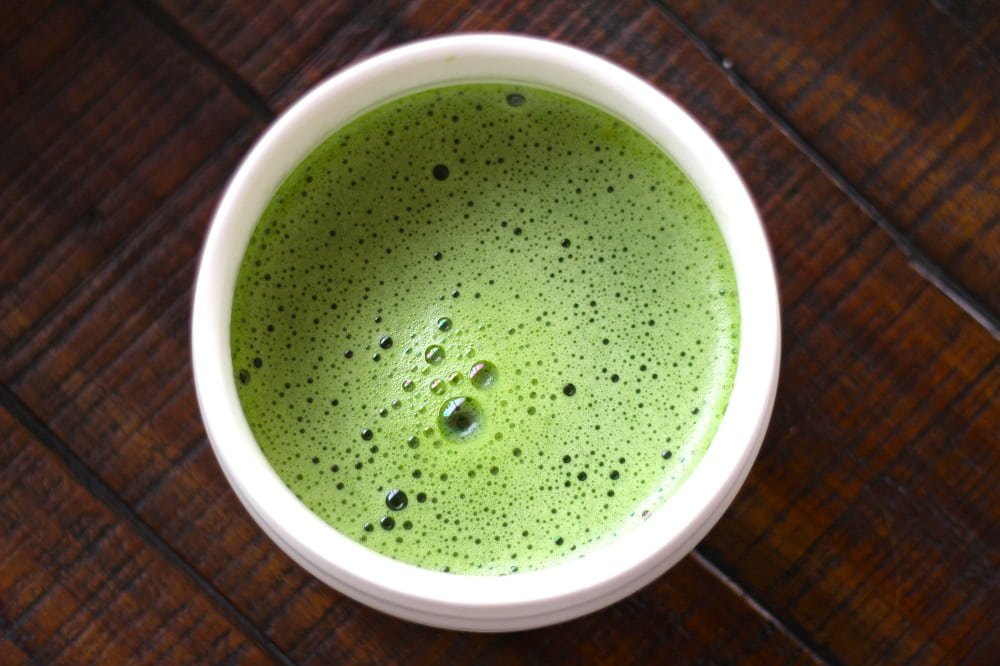18 types of Japanese tea
This post contains affiliate links, which means Steeped Dreams earns a small commission if you purchase with these links or discount codes. But don’t worry - there’s no cost to you! Please know all opinions in reviews on Steeped Dreams are genuine and not influenced by affiliate partnerships.
In the United States or other Western countries, you’ve likely sipped a frothy matcha latte or had chilled green tea in some bottled variety. But have you considered that like black tea, green tea actually comes in several forms? Japan alone cultivates over a dozen types of green tea.
While black teas, oolong, and the whole steeped leaf rainbow of teas have gained rising popularity across Japan, green teas are undoubtedly the quintessential, traditional Japanese tea. Yet there exists a time before Japan had any tea at all.
A brief history of tea in Japan
The first mention of tea came about through a historical source from the former Han Dynasty (206 B.C - A.D 8) in China [1]. However, it wasn’t long until the Japanese Nara and Heian Periods (710 - 1185) that it’s believed Japanese Buddhist monks brought the first tea seeds to Japan from the Tang Dynasty in China. Over time, more exchanges through monks helped tea cultivation spread through Japan. Tea drinking culture, which started as an exclusive practice among monks, nobles, and samurai, eventually found its way into more common teacups [2].
All types of ryokucha (緑茶), or the Japanese word that describes generic green tea, come from the same camellia sinensis tea plant. The specific Japanese tea types depend on how the tea leaves are cultivated and processed, what time of year leaves are picked, what part of the leaf is used, and so on.
All these factors combined have given way to a number of Japanese tea names.
14 kinds of Japanese green tea
1. Sencha (煎茶)
Sencha is by far the most popular Japanese tea, accounting for two-thirds of tea production in Japan [3]. As a result, this is likely the type of Japanese tea you will drink bottled or canned. To make ordinary sencha, tea leaves are steamed for about 30 seconds to stop the oxidation process [4]. (Oxidation is what makes black tea!)
On the 88th day from the first day of Spring, or May 2nd, the highest quality sencha in aroma and taste is picked [5]. However, global warming has made weather more unpredictable and warmer, making it more difficult to expect the best quality on this day.
(Save 15% on Japanese teas with code: steepedreams)
Deep steamed sencha
2. Gyokuro (玉露)
This top-tier, fancy Japanese tea is renowned for being expensive, rare, and hard to produce [7]. The gyokuro production process involves covering the tea plant, causing catechins (a type of antioxidant) to decrease and the sweet component of theanine to increase. This sweeter green tea is also hand picked, adding to its higher cost and smaller production. Only 0.03% of Japanese tea production is gyokuro [8]!
3. Kabusecha (かぶせ茶)
Literally “covered tea”, kabusecha goes through a similar process as gyokuro mentioned above, but with not as much shade and is covered for less time [9]. It’s processed in the same way as sencha, so its flavor and taste falls right between sencha and gyokuro. Kabusecha’s price point is also similar to sencha and makes up over 4% of Japanese tea production [8].
4. Tencha (てん茶)
Like kabusecha and gyokuro, tencha tea leaves are covered for a time before harvest to create more shade. After steaming the leaves, the stems and veins are removed so that only the smaller pieces are left. The “ten” part of tencha’s name means the act of grinding, as this tea is meant to be ground [10].
If a powdered green tea sounds familiar to you, read ahead!
5. Matcha (抹茶)
Easily recognizable for its signature vivid green powder form, matcha has become one of the world’s most popular teas for drinking, mixed beverages, culinary purposes, and even skincare. The United States matcha market alone has increased year over year with predictions to grow 7.6% from 2017 to 2025 [11]. Due to its trendy popularity and touted for its bountiful health benefits, matcha has gone from being a tea tradition at the center of time-honored tea ceremonies in Japan to a grocery store staple worldwide.
✨ Read next: Where to buy the best matcha online
6. Mecha (芽茶)
Mecha uses the fine-tipped buds from the finishing processes in both sencha and gyokuro. The result is a Japanese tea packed with flavor and a strong taste [12].
7. Shincha (新茶)
Shincha, meaning “new tea”, comes from the highly sought-after first harvest of sencha and is the freshest Japanese tea you can get [13]. Because of its limited availability in the springtime, shincha is treasured as a seasonal treat that comes in small qualities. The younger and earlier the leaves are harvested, the higher the price and quality of shincha. It has low levels of astringency and a sweeter taste than others.
8. Hojicha (ほうじ茶)
Hojicha is made by roasting bancha or sencha until the color of the leaf changes to brown [7]. This roasting process makes hojicha different from other Japanese tea types, as it removes much of the caffeine content and catechins. As a result, hojicha is friendlier to the gastrointestinal tract and can be enjoyed after meals as a mild, hydrating beverage.
9. Kukicha (茎茶)
Pronounced similar to “cookie cha”, kukicha is twig tea made from stems pruned from the types of Japanese green tea, gyokuro and sencha, during the plants’ dormant season. Kukicha has a refreshing taste and relaxing effect with greener varieties producing a higher level of sweetness increasing with the greener the tea becomes [14][12].
10. Bancha (番茶)
Bancha is considered one of the lowest quality Japanese tea types, with the exact type depending on picking time, quality, and region of the tea leaves [15]. Tea leaves generally decrease in quality the later they are harvested. While the highly prized shincha comes from the first harvested young leaves, bancha can come from the third or even fourth harvest times. Bancha can also use leftover parts not used in other teas and has less nutritious properties and caffeine than other green tea types [15].
11. Genmaicha (玄米茶)
This pleasantly fragrant tea uniquely combines equal parts roasted brown rice with bancha and sencha for a low caffeine, kid-friendly drink [15]. Like sencha, you can often find genmaicha in the bottle tea section of Japanese grocery stores and vending machines. The use of different rice and tea bases (like gyokuro or even matcha) create a wide variety of genmaicha with unique aromas and flavors to try [7]!
12. Konacha (粉茶)
Similar to mecha, konacha uses tiny leftover bits and pieces from both sencha and gyokuro [16]. The small size of these fragments helps konacha release a strong flavor and aroma through steeping.
13. Kamairicha (釜炒り茶)
The tea leaves used in kamairicha are roasted in a kettle to stop fermentation, rather than steamed like many other popular Japanese teas [17]. This process also gives the leaves a distinctly curly look. Kamairicha makes up 1% of tea production in Japan and resembles many Chinese teas in its aroma and taste due to the roasting process [18].
14. Tamaryokucha (玉緑茶)
Tamaryokucha has round leaves that go through a different trimming process than sencha and makes up approximately 2.5% of Japanese tea production [8]. Through the drying process, the leaves gain their signature twisted look, but otherwise follow much of the same characteristics and cultivation steps as sencha. This variety has a mellow taste and low astringency [19].
Japanese herbal and black teas
While green tea dominates Japan’s tea industry, there are also several herbal, oolong, and black teas cultivated in Japan and enjoyed for their distinct health benefits.
Mugicha (麦茶): Mugicha is made with roasted barley kernels [20]. It’s naturally caffeine-free and has a toasted nutty flavor that is popular as a cold drink when it’s hot out.
Sobacha (そば茶): Sobacha may sound familiar if you’ve made your way around a Japanese restaurant’s noodle selection [20]. (Hint: Google soba noodles.) Sobacha is made from roasted buckwheat kernels. It’s also caffeine-free and boasts amazing health benefits, such as lowering blood sugar and improving digestion, heart health, and promoting weight loss.
Kuromamecha (黒豆茶): Kuromamecha is black soybean tea, popular for its anti-aging properties [20]. It has a savory aroma and toasty taste with a light sweetness.
Wakoucha (和紅茶): Japanese black tea, or wakoucha, is the oddball in the Japanese tea list, having only been grown and produced since about the early 1900s [21]. Different varieties of the camellia sinensis tea plant, such as benifuki or benihomare, have been cultivated in Japan specifically for black tea.
(Save 15% on Japanese teas with code: steepedreams)
-
[1] Sen Sōshitsu. The Japanese Way of Tea: from Its Origins in China to Sen Rikyū. Univ. of Hawai'i Press, 2000.
[2] “History of Tea.” ITOEN ©ITO EN, All Rights Reserved., www.itoen-global.com/allabout_greentea/history_of_tea.html.
[3] “日本茶(緑茶)の種類|お茶の種類|お茶百科.” お茶百科, www.ocha.tv/varieties/nihoncha_varieties/.
[4] “煎茶(お茶の種類).” 日本のお茶ガイド, ochaweb.com/sencha/.
[5] “Types of Green Tea|Ohkuraen Is a Japanese Green Tea Maker in Shizuoka (Kakegawa). /Official Homepage.” Okuraen, 10 Feb. 2021, www.ohkuraen.com/en/publics/index/70/.
[6] “煎茶・深蒸し煎茶|お茶の種類|お茶百科.” お茶百科, www.ocha.tv/varieties/nihoncha_varieties/sencha/.
[7] “緑茶の種類をまとめて紹介。煎茶・抹茶・玉露・番茶などの違いは?.” おちゃらいふ, teeelife.com/japanese-tea-type/.
[8] MAFF: Ministry of Agriculture, Forestry and Fisheries, 2020, Current Outlook of Japanese Tea, https://www.maff.go.jp/e/policies/agri/attach/pdf/tea_202012.pdf.
[9] “Kabusecha.” IKKYU Tea - Premium Green Tea from Japan, 26 Sept. 2020, shop.ikkyu-tea.com/kabusecha/.
[10] “抹茶・てん茶|お茶の種類|お茶百科.” お茶百科, www.ocha.tv/varieties/nihoncha_varieties/maccha/.
[11] “Matcha Market Size, Share: Global Industry Trends Report, 2018 - 2025.” Matcha Market Size, Share | Global Industry Trends Report, 2018 - 2025, www.grandviewresearch.com/industry-analysis/matcha-market.
[12] “茎茶・芽茶・頭・粉茶|お茶の種類|お茶百科.” お茶百科, www.ocha.tv/varieties/nihoncha_varieties/kukicha/.
[13] Creative, Efelle. “What Is Shincha?” What Is Shincha? | Sugimoto Tea Company, Japanese Green Tea Maker Since 1946, www.sugimotousa.com/blog/what-is-shincha.
[14] “茎茶(お茶の種類).” 日本のお茶ガイド, ochaweb.com/kukicha/.
[15] “玄米茶・ほうじ茶・番茶|お茶の種類|お茶百科.” お茶百科, www.ocha.tv/varieties/nihoncha_varieties/genmaicha/.
[16] About the Nakamura Tea Brand - Nakamura Tokichi Honten (Main Store), www.tokichi.jp/english/tea/tea_konacha.html.
[17] “釜炒り茶(お茶の種類).” 日本のお茶ガイド, ochaweb.com/kamairicha/.
[18] “Kamairicha (Tea): News.” General Incorporated Association Takachiho Tourist Association, takachiho-kanko.info/en/news/detail.php?id=41.
[19] “蒸し製玉緑茶(お茶の種類).” 日本のお茶ガイド, ochaweb.com/mushiseitamaryokucha/.
[20] “Green Tea, Herbal Tea & Teaware from Japan.” Senbird Japanese Tea, senbirdtea.com/.
[21] “What Is Japanese Black Tea?” What Is Japanese Black Tea? | A Beginner's Guide to Wakoucha | Sugimoto Tea Company, Japanese Green Tea Maker Since 1946, www.sugimotousa.com/blog/what-is-japanese-black-tea-a-beginners-guide-to-wakoucha.







![[Review] Firebelly Tea - Sleekly designed functional blends](https://images.squarespace-cdn.com/content/v1/6008e4b84dfdb80938cd0442/cdd4b217-3704-40dd-b11e-bc18ff413610/firebelly+tea+review.JPG)
![[Review] Harney & Sons - Paris tea and two similar blends](https://images.squarespace-cdn.com/content/v1/6008e4b84dfdb80938cd0442/5cf20e59-ce49-4fba-b9dc-16f1f43a1349/harney+tea+with+plant.JPG)


